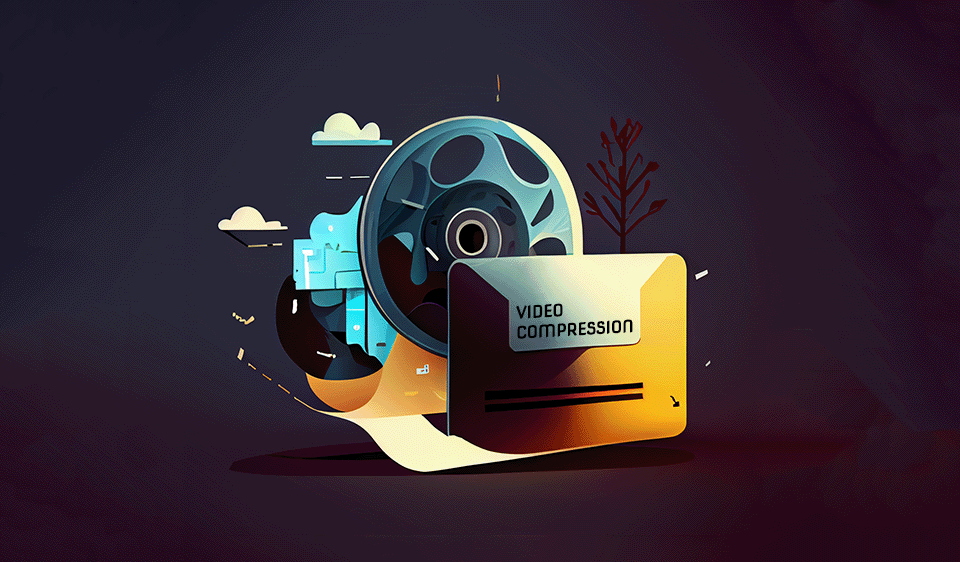Video compression is the process of reducing the size of video files without losing any of the original quality. This is done through a process called data compression, which uses algorithms to remove unnecessary data and make the file smaller.
Video compression has many benefits, including reduced file size, faster streaming and loading times, and easier sharing and storage of videos. It is essential for video distribution on the internet, as it allows videos to be delivered to a wide audience quickly and efficiently.
There are two main types of video compression: lossy and lossless. Lossy compression is a method that reduces the size of a video file by discarding some of the original data. This is done by removing inaudible sounds and visual information that the human eye cannot see. Lossy compression can lead to a reduction in file size by up to 90%, while still maintaining good video quality. Some popular lossy compression formats include H.264, H.265 and MPEG-4.
Lossless compression, on the other hand, is a method that reduces the size of a video file without losing any of the original data. This is the best option for archival or professional use, where maintaining the original video quality is a must. Lossless compression can lead to a reduction in file size by up to 50%. Some popular lossless compression formats include ProRes and DNxHD.
When it comes to choosing between lossy and lossless compression, it’s important to consider the purpose of the video and how it will be used. If the video needs to retain its integrity, such as a legal document or a medical video, lossless compression is the way to go. But if the video is intended for sharing or streaming, lossy compression can be an effective way to save space and reduce file size.
